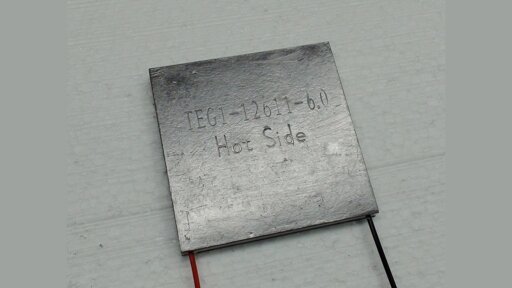From an electrical engineer, here’s what this means as an ELI10.
The “Thomson effect” is a phenomenon where running electrical current through a material changes how heat moves through that material. For example, if you have a wire and heat the middle of it over a flame, when you apply an electric current you notice the wires temperature change in different places. Different materials/metals behave differently. Some (like Iron) will appear to “push heat toward the cooler parts” when a current is run through them while others (like copper) will appear to “pull heat toward the hotter parts” when a current is run through them. It’s an interesting interaction between heat, electricity, and certain materials.
The “Transverse” Thomson Effect is a theoretical (until now) phenomenon where a magnetic field is added to the equation. The theory was that the addition of a magnetic field could move the temperature changes to the sides of the electrical current, instead of simply forward/backward along the current. So if you heat a plate instead of a wire, you would see temperatures change on the left/right instead forward/backward. This has been very difficult to test accurately because of the complexity in how all these things (heat, material, electrical current, and magnetic field) can interact.
GREAT eli10
Read the article but realized I need to read 5 wikis to understand what the fuck they are talking about
Come back, @BlameTheAntifa@piefed.social thankfully did an eli10 LMAO
Can you summarise?
Summary of what you need to know to understand the experiment and the results is in the writeup:
Our knowledge of how heat and electricity interact within materials is rooted in the Seebeck, Peltier, and Thomson effects, all identified during the 1800s.
The Thomson effect causes volumetric heating or cooling when an electric current and a temperature gradient flow in the same direction through a conductor.
Scientists have long theorized that a transverse version of this effect should exist when an electric current, temperature gradient, and magnetic field are applied in orthogonal directions in a conductor.
Remember that heat is just molecular motion/kinetic energy; it’s the relationship between the movement of molecules and electromagnetic radiation that’s being explored here, and there’s only so many ways motion and electron energy states can interact with each other.
I had to have a surgery for that



